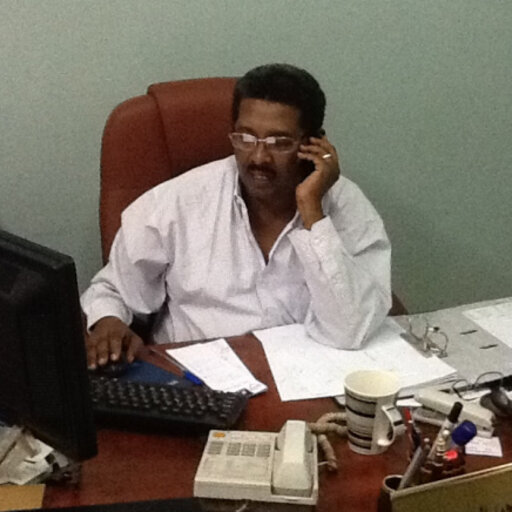
Prof. Hussein Elarabi is a Full Professor of Civil Engineering at the University of Khartoum, Sudan. He received his M.Sc. in Civil Engineering from the Faculty of Engineering, University of Khartoum in 1991, and his PhD in Soil-Structure Interaction from Institut fuer Statik, TU Braunschweig, West Germany in February 1997 on the research topic “Numerical Analysis of the Swelling Soil Effects on Structures”
Prof. Hussein Elarabi has been working at the University of Khartoum since May 1990, starting as a full-time Teaching Assistant and then being promoted to Assistant Professor after completion of his PhD, and subsequently to Associate Professor and Full Professor in May 2005 and September 2014, respectively. His research interests include soil-structure interaction, finite element analysis, and numerical modeling. Prof. Hussein Elarabi has published numerous research papers in international journals and conferences and has supervised several M.Sc. and PhD students.
Latest publications

Building a quality cost model for additive manufacturing
Musab Hajalfadul, Martin Baumers
University Of Khartoum Engineering Journal
2021/8/17
Additive manufacturing (AM) is the technology used to manufacture products directly by layering the material, so no special tools are needed to produce the parts. AM is favoured by the producers since it is costeffective when it is used for small production volumes, leading to ease in the customization of products. Previous attempts had been made to develop a cost model for AM. However, most of these attempts did not consider the quality cost. The model developed by Schmid and Levy was the first cost model focusing on the quality cost of AM, they found that quality cost of AM may reach up to 16% of total manufacturing cost. The current research made a further investigation on quality cost. As a result, a detailed cost model for all AM technologies was made. The developed model considered all quality aspects along the AM process chain. The developed model was then used to calculate the quality cost when building several copies of a part; it was found that quality cost was about 20% of the total manufacturing cost. The work then focused on investigating the effect of making replacements for defect parts; this investigation revealed that it was better always to make replacements than just dispose of the defects. Finally, the study recommends the study of the exact effect of applying quality control activities on the percentage of defects, so a precise prediction for the quality cost may be attained. Another recommendation is to extend the detailed cost model for all AM technologies, considering the specific variables in each one.

Design Practice of Bored Piles in Nubian Formation Case Study: Foundation and Bridges in Khartoum
Ahmed M Elsharief, Abdel Karim M Zein,
Hussein Elarabi, Rasha Abulgasim
Sudan Eng. Society Journals
2019/3/11

Numerical modelling of the behavior of piled raft foundation using Plaxis 3d foundation software
Khalid Yousif, Hussein El Arabi
Conference Proceedings Civil Engineering
2018
2018/12/9
This research aims to study behavior of load-settlement and load sharing between piles and raft in combined piled raft foundation by using numerically three-dimensional finite element analysis represented by the commercially finite element package PLAXIS 3D FOUNDATION. A piled raft subjected to concentrated loading for 9 stories building with different configuration of piles length and raft thickness embedded in stiff CLAY. During the course of study, increasing each of the previously mentioned parameters showed a reduction in the average maximum settlement along (this reduction is limited in raft thickness parameter) with increasing in the load sharing by the piles. Also, it was deduced that the effect of increasing the length of piles outweighed the effect of increasing the raft thickness and in term of reducing the average maximum settlement yet, there was an upper limit beyond which the thickness of raft.
I started teaching structural Engineering in 1988 at Faculty of Additional Studies, University of Khartoum, as while I was reading for my M.Sc. degree. In 1997 I primarily taught the BRRI staff an introduction to computer coupled with basic courses of computer science. Since 1997 and till now I am teaching two courses to the M.Sc. students namely: Computer Applications in Building Technology and Numerical Analysis in Geotechnics (Finite Element Method) From February 2006 till now I am acting as coordinator for the M.Sc. degree in Building Technology (by courses and partial fulfillment research). I proposed and organized a weekly Seminar for the M.Sc. students at the registered by University of Khartoum and supervised by the Staff of the Building and Road Research Institute.
I have been appointed as a reviewer for the Journal of Performance of Constructed Facilities, AMERICAL SOCIETY OF CIVIL ENGINEERING ASCE. Moreover I served as a reviewer for the Building and Road Journal and Engineering Society Journal and some national and international conferences.
